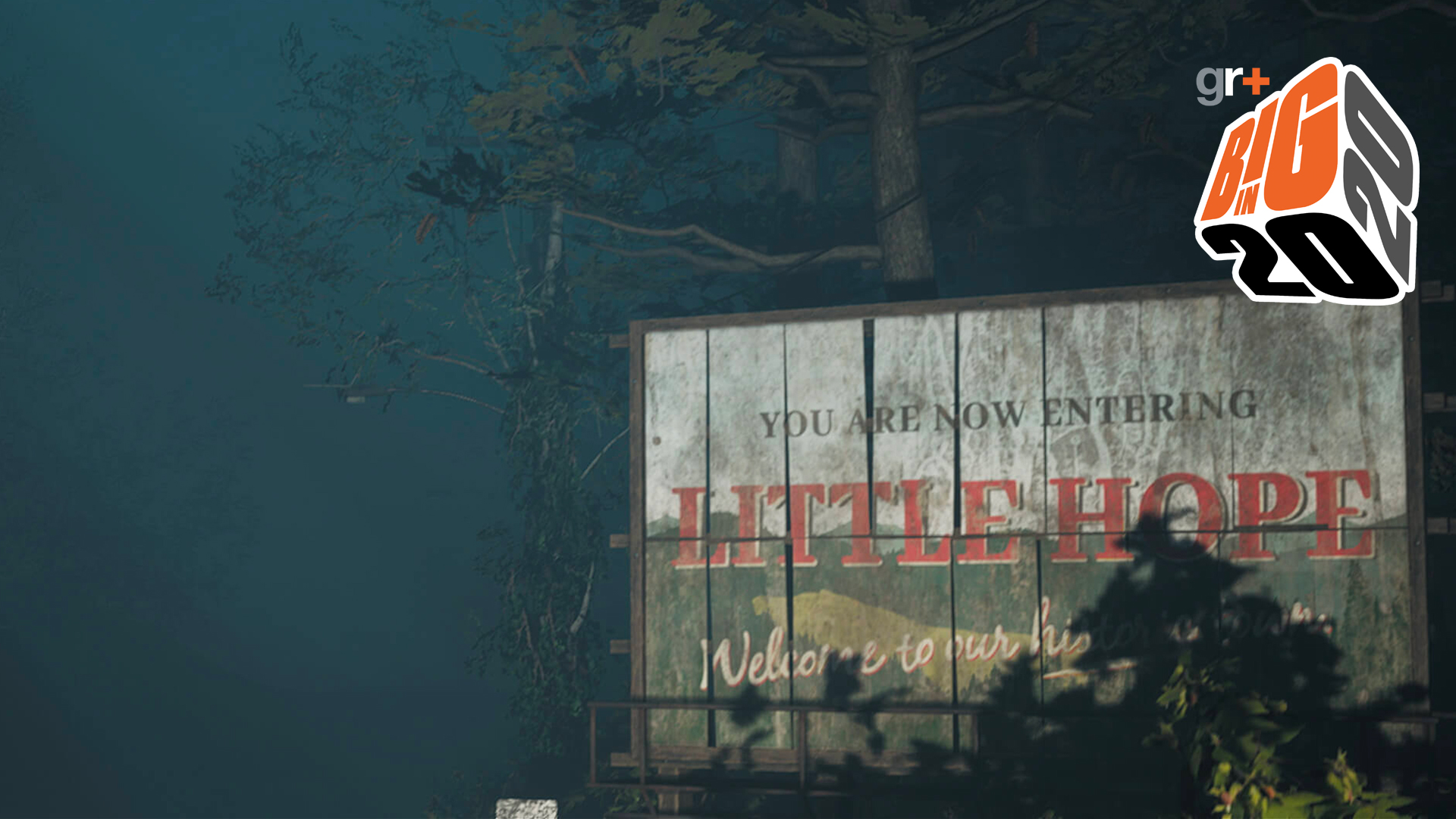

Game The Dark Pictures Anthology
Developer Supermassive Games
Publisher Bandai Namco
Platforms PC, PS4, Xbox One
Release Q3 2020
Supermassive Games is continuing its subversive anthology experiment with Little Hope. The latest instalment to The Dark Pictures Anthology, following the release of Man of Medan in 2019, is the studio's opportunity to explore yet another staple of the horror genre in a rather unconventional format, shifting through multiple time periods as it works to leverage our fear of the unknown.
That's all part of the fun, of course. The unknown extends far beyond the reaches of the narrative – four college kids and a professor attempting to escape nightmarish apparitions that relentlessly pursue them through the town of Little Hope – but to the nature of its play, too. "What it really allows us to do is approach each new story without any rules," Supermassive CEO Pete Samuels tells me of the decision to stick with the anthology structure. "We don’t have to worry about a character's story arc from the last game. Each character's journey is individual to that story – they can all live or die depending on the choices that you make."
Live and die by your decisions

Samuels is correct in his determination that there are few rules here. Anything can happen to you and the characters under your control in this installment. There are multiple endings and scenarios can change entirely depending on the actions you take and the decisions that you make – hell, all of the avatars could be dead by the time you hit the closing credits. It's that malleable nature of Little Hope that makes it so exhilarating as a concept.
The one rule Supermassive has is that it wants all of its stories to be rooted in reality, to a degree at least. "The only rules we really apply are to The Dark Pictures themselves, in that all the stories need to have some basis in real-life fact, myth, or legend," he says, noting that "the stories are generally about human emotions under unimaginable stress and terror." Go figure.
With this "anything goes, really" attitude, Little Hope emerges as a self-contained exploration of the nightmares that occupy otherwise abandoned spaces. "We initially had the idea of people being trapped in a town and being followed or preyed upon, with some themes around supernatural and witchcraft. With influences such as Arthur Miller’s Crucible and doing more research around Salem and the Andover, we learnt more about the witch trials in this area of New England in the late 17th Century."
It was as Samuels and the team began to dig into the harrowing trials that helped define the era – the accusations and executions of innocents – and the localised paranoia that subsequently arose out of it all that Supermassive's next story began to take root. "This was great subject matter to intertwine with the story we wanted to tell for our game. We discovered a recreation of a 1692 map of Andover and found a small area called Little Hope Meadow," he says. "Using the original place name and some basis around actual events of that time period worked perfectly for us."
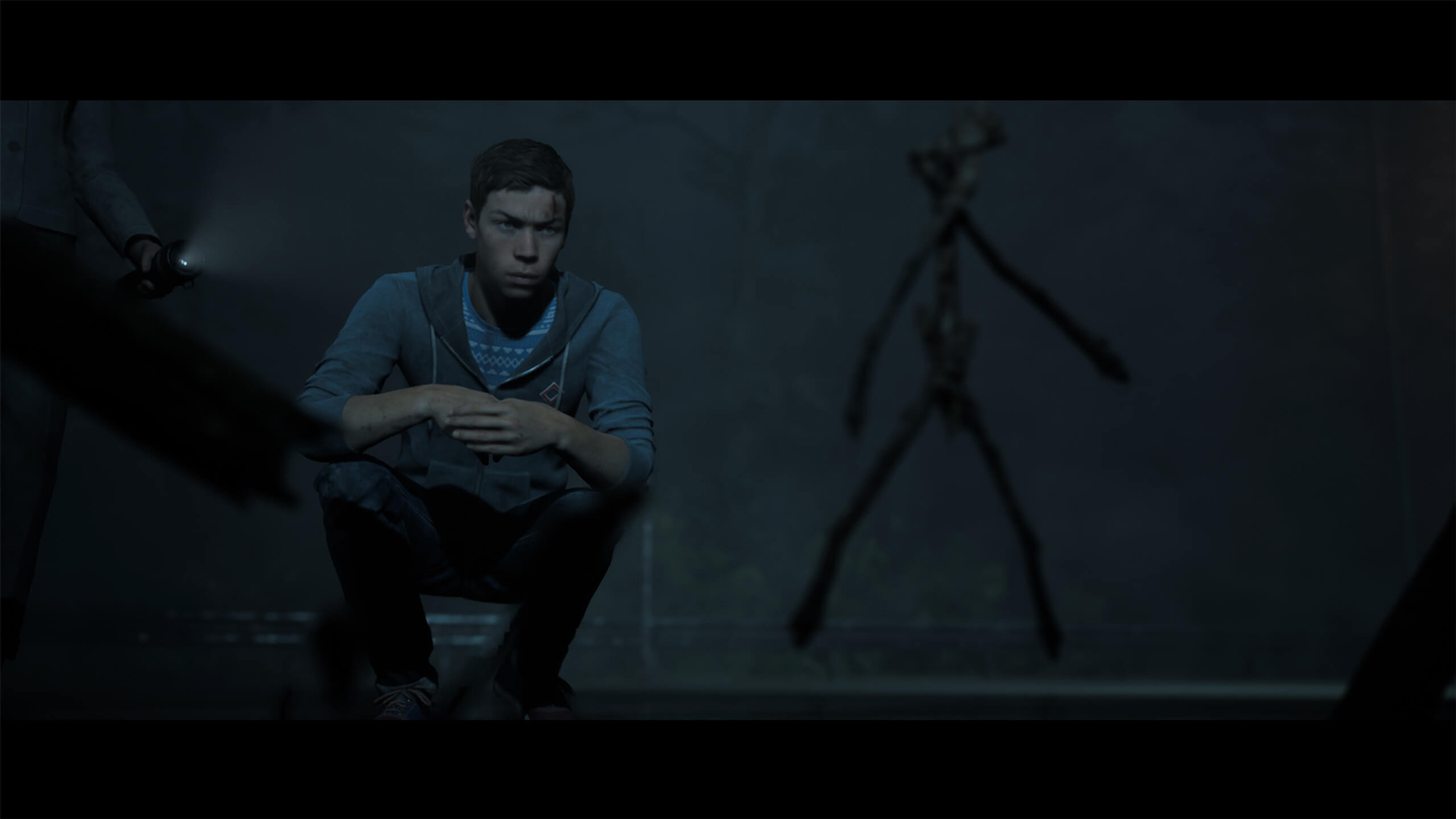
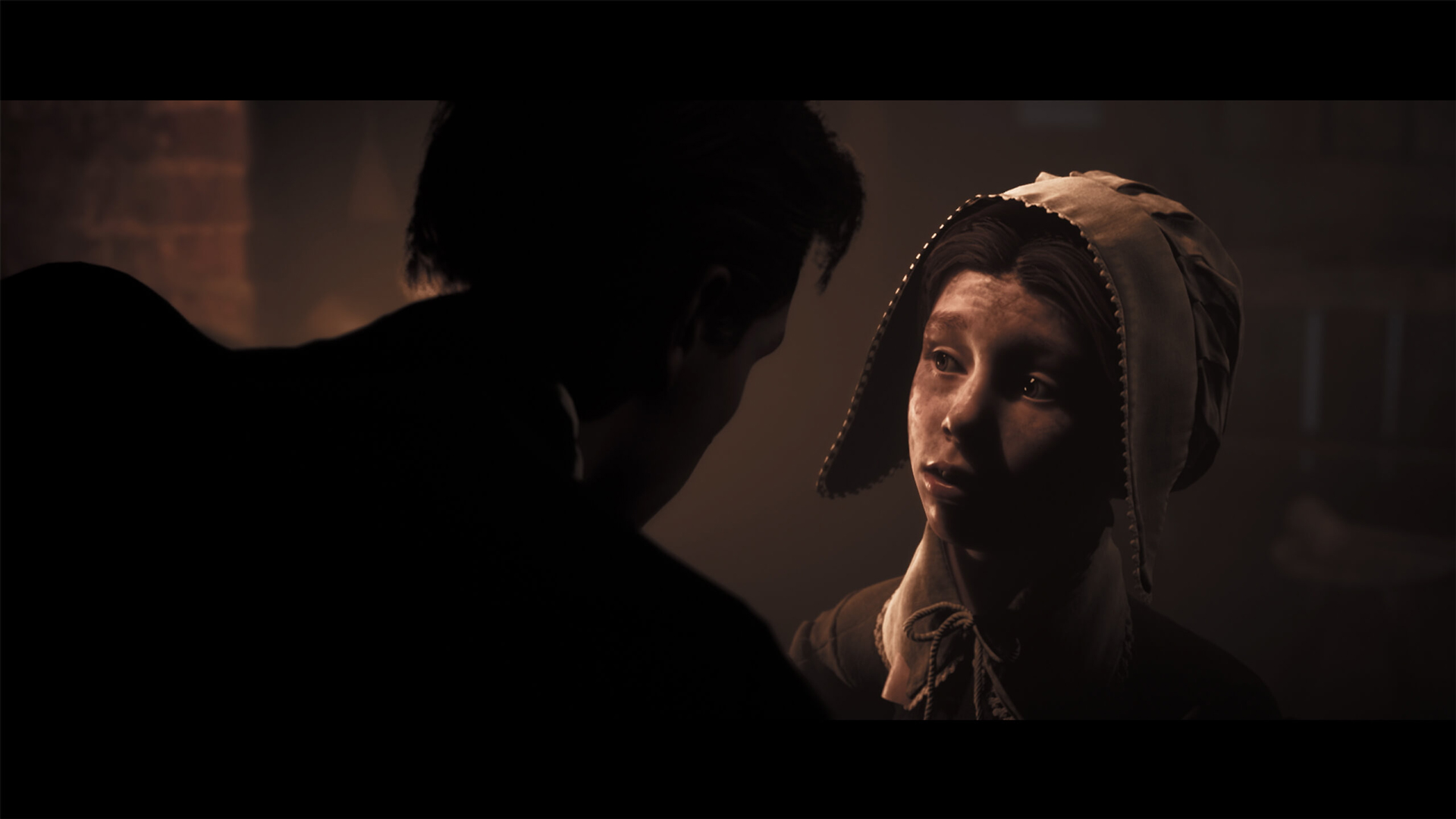
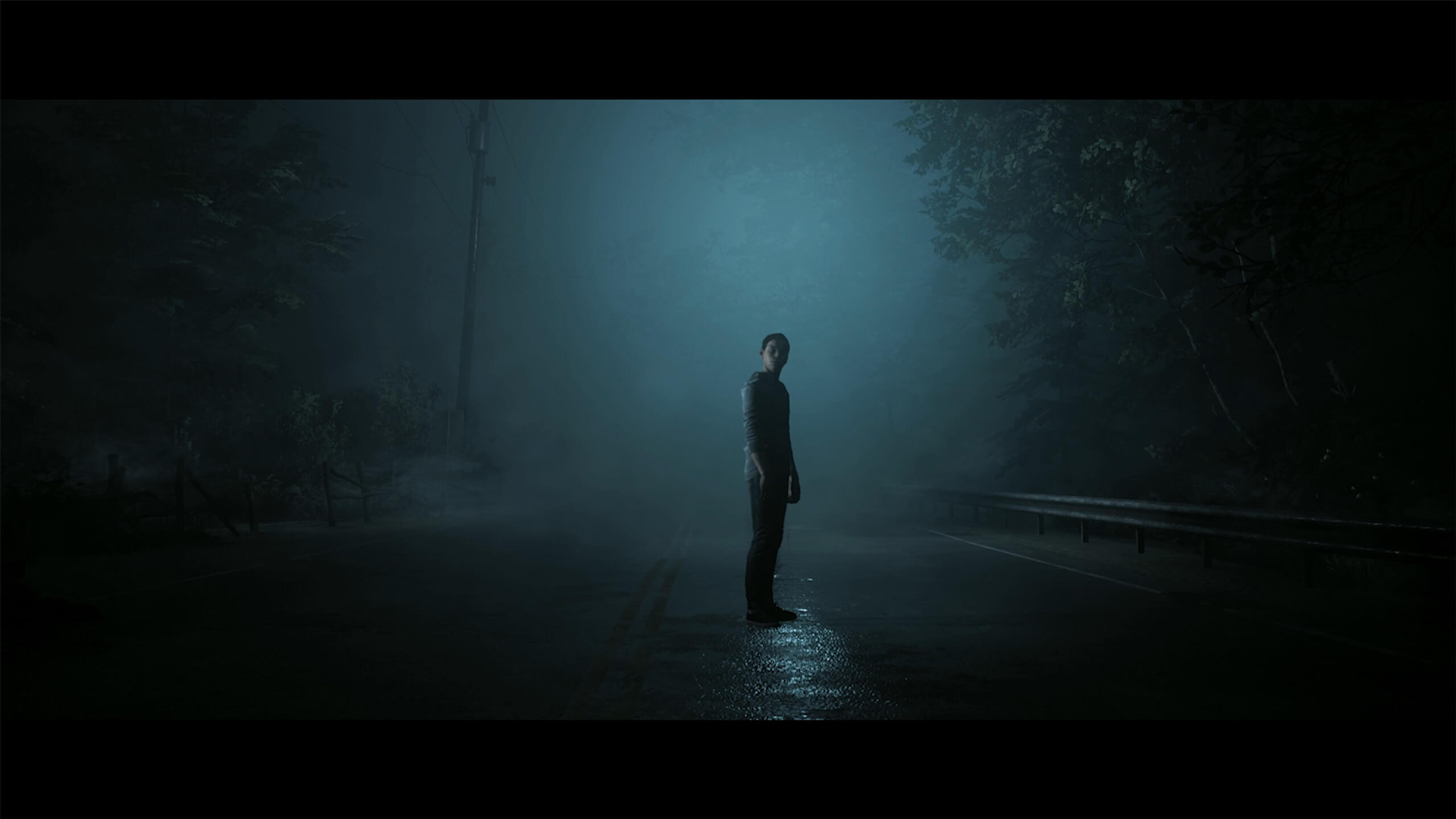
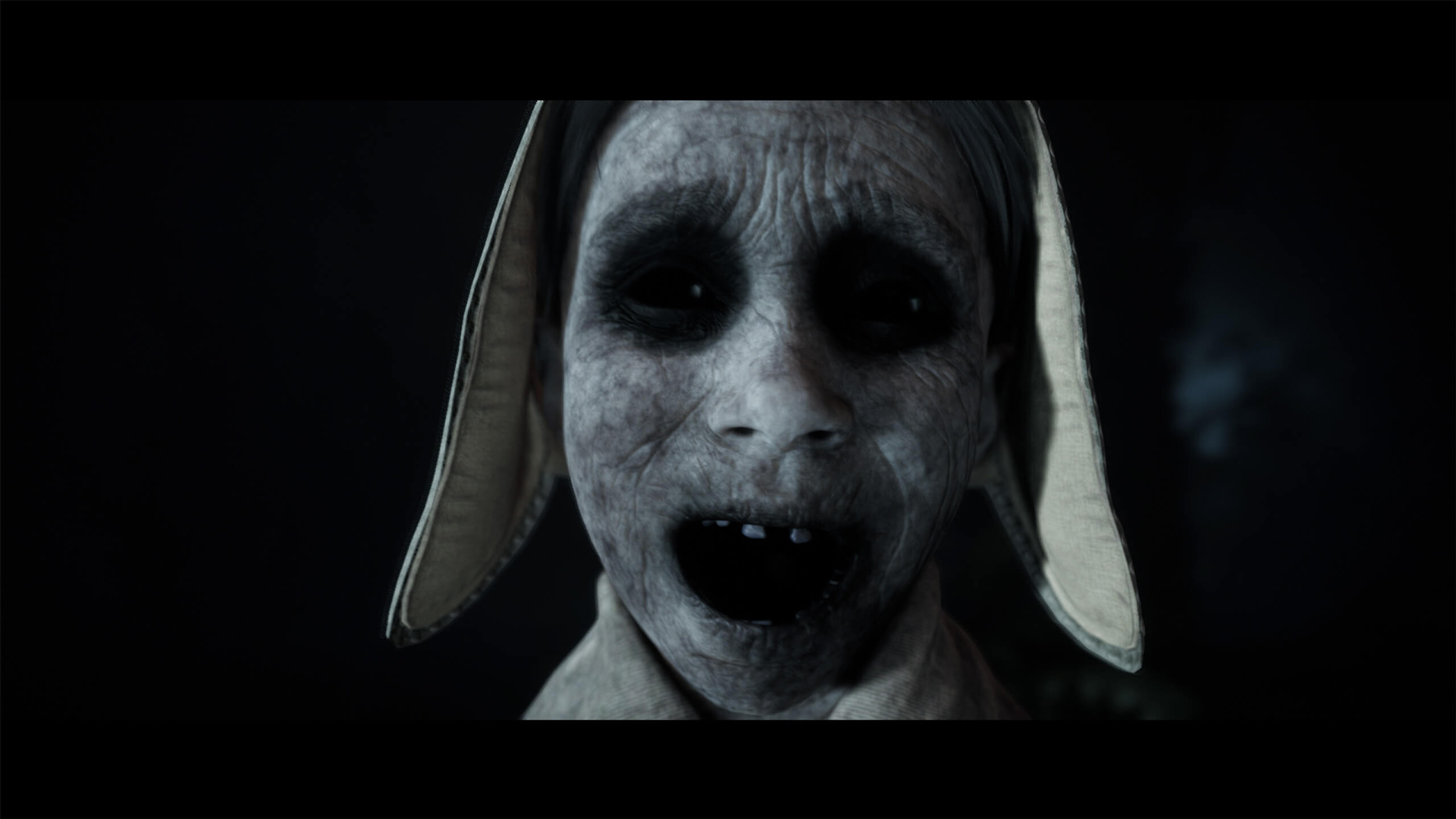
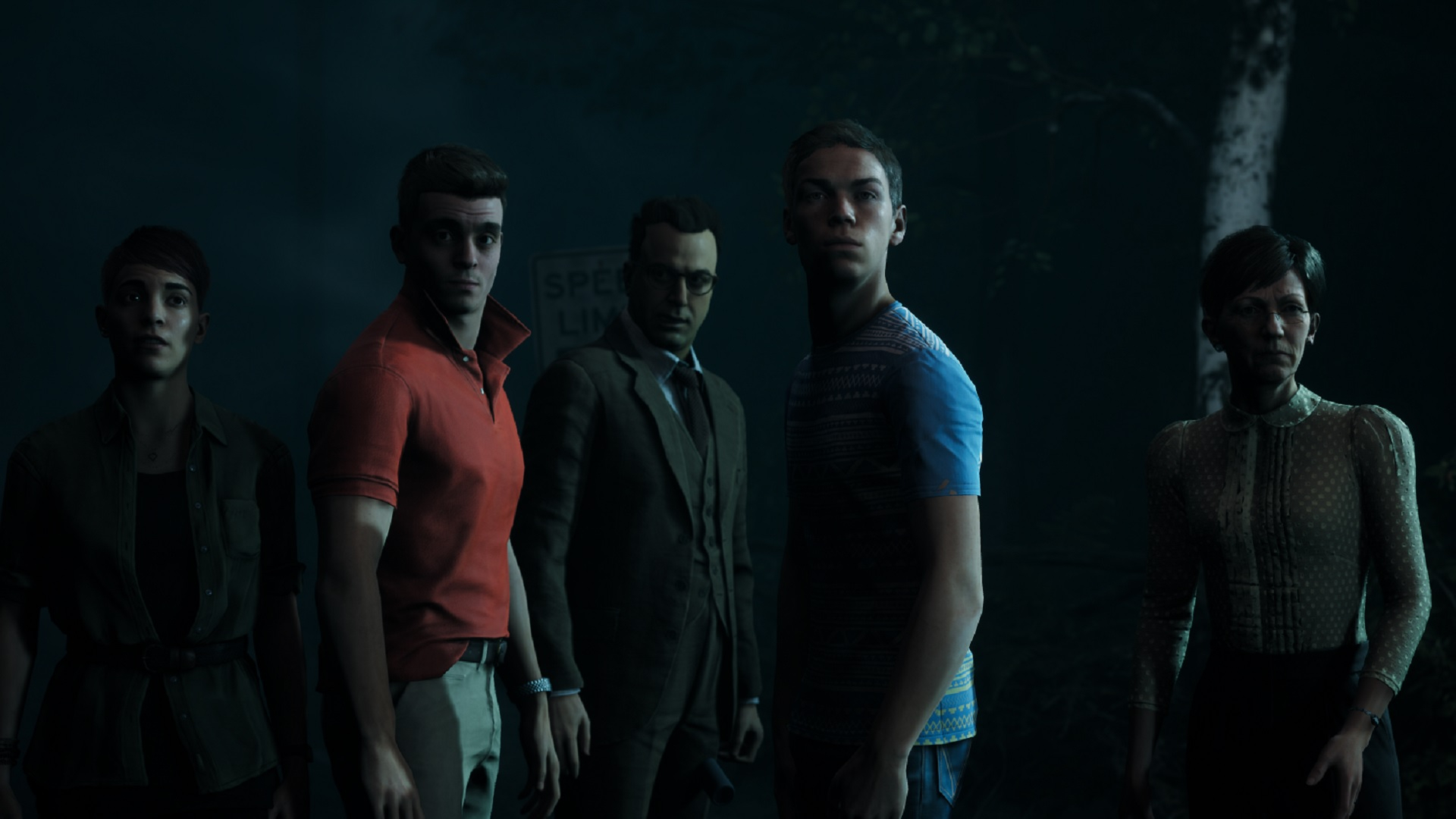
"We take onboard all comments and criticisms and where possible look to iterate them in subsequent games."
Pete Samuels, game director
Supermassive is making a number of changes as it transitions from Man of Medan to Little Hope then. Not only is the setting and the characters that inhabit it completely new, but some alterations are being made to the core systems and mechanics too. "We had some fantastic feedback on Medan – both positive and more critical. We take onboard all comments and criticisms and where possible look to iterate them in subsequent games."
Weekly digests, tales from the communities you love, and more
As a result of criticism levied at Man of Medan, Samuels tells me, there are two biggest changes you should expect to see in Little Hope – some alterations to in-game communication and more freedom with the control of the camera. "We have added a new camera system which allows players in certain levels to have full 360 degree control of the camera. Naturally this brought new challenges, but we believe this makes the playing experience a better one. We still have fixed cameras for where it makes sense for the story to drive tension and atmosphere."
"Additionally, we had some comments around QTEs and not knowing when they were going to happen, so now we have a QTE alert system which will give you a chance to get ready for the action when it happens," Samuels notes. This is a key shift, given that Little Hope isn't just a single-player cinematic experience, but one designed for multiplayer too.
When you're engaging with a friend online in Shared Story or in the Movie Night mode, where up to five players can pass-the-pad and enjoy the game together in the room, this sort of communication is important – especially when a mistake can lead to an untimely demise. "We will always look to evolve our games where it makes sense to do so, and thank the fantastic Dark Pictures community for all their comments and helping us to make the games even better."
The anthology continues
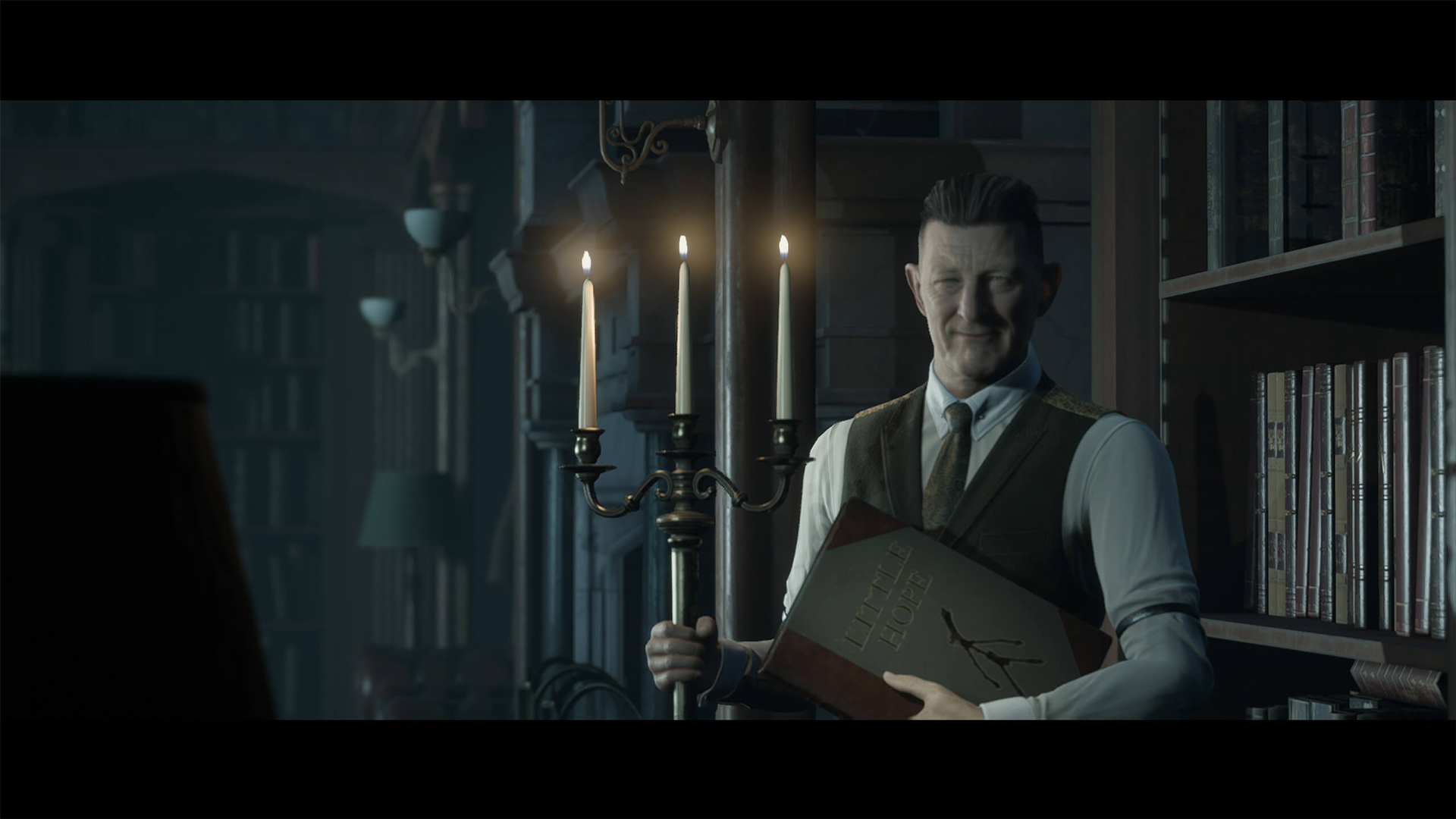
Man of Medan was released in August 2019. Now that some time has passed, I was curious whether Samuels is content with the decision to stick with the anthology format, or whether he regrets investing in a more traditional episodic structure for the stories. "Whilst there is some fantastic episodic content out there, we thought an anthology format was the best one to use for games we wanted to make," he says.
"The anthology format allows us to explore new genres of horror and ensures we are not reliant on the player knowing the story from the first one when buying the second one and so on. When the new game is out, we fully expect Little Hope to be some people's first experience of The Dark Pictures and therefore look to go back to Man of Medan. We expect this to happen when games 3, 4, and beyond are released too."
This freedom, Samuels believes, will ensure that the audience for The Dark Pictures expands, with each new installment able to effectively explore different sub-genre of horror in ways that we might not expect. "As you know, we like to tackle different horror sub-genres in each game, but we like to mix them together and subvert them in a way. Little Hope is no different. So, there is definitely a creepy kid vibe to it as well as demons and witchcraft too. Every game in The Dark Pictures Anthology is a different story. That’s why we like to pay homage to multiple horror sub-genres that you wouldn’t necessarily expect to see together."
Expanding the player base is important, but so too is the need to get players to return to previous installments that they may have missed along the way. You might be thinking, with all-new characters and stories appearing in each game, what's the impetus on returning to older games rather than always looking ahead – especially as Supermassive improves its technology and expertise with each passing year? Remember, every great anthology has killer connective tissue.
"There is one character that obviously does follow on in each story and that is the Curator. In each new game we will reveal a little more about him – he has his own story arc too," Samuels teases, thinking broadly about the eight-part Dark Pictures Anthology. "The games will always be standalone... with only the Curator appearing in all of them. However, all the games are set in the same universe, and the more eagle-eyed players will notice when playing Man of Medan and going into Little Hope, that there are threads that connect the two. There will always be a nod to the other games. There is even a nod to game 3 in Man of Medan and in the recent announcement trailer a tiny hint as to game 4!"
GamesRadar+ is exploring the games that are helping to shape 2020. For more, click through to our Big in 2020 coverage hub.

Josh West is the Editor-in-Chief of GamesRadar+. He has over 15 years experience in online and print journalism, and holds a BA (Hons) in Journalism and Feature Writing. Prior to starting his current position, Josh has served as GR+'s Features Editor and Deputy Editor of games™ magazine, and has freelanced for numerous publications including 3D Artist, Edge magazine, iCreate, Metal Hammer, Play, Retro Gamer, and SFX. Additionally, he has appeared on the BBC and ITV to provide expert comment, written for Scholastic books, edited a book for Hachette, and worked as the Assistant Producer of the Future Games Show. In his spare time, Josh likes to play bass guitar and video games. Years ago, he was in a few movies and TV shows that you've definitely seen but will never be able to spot him in.


